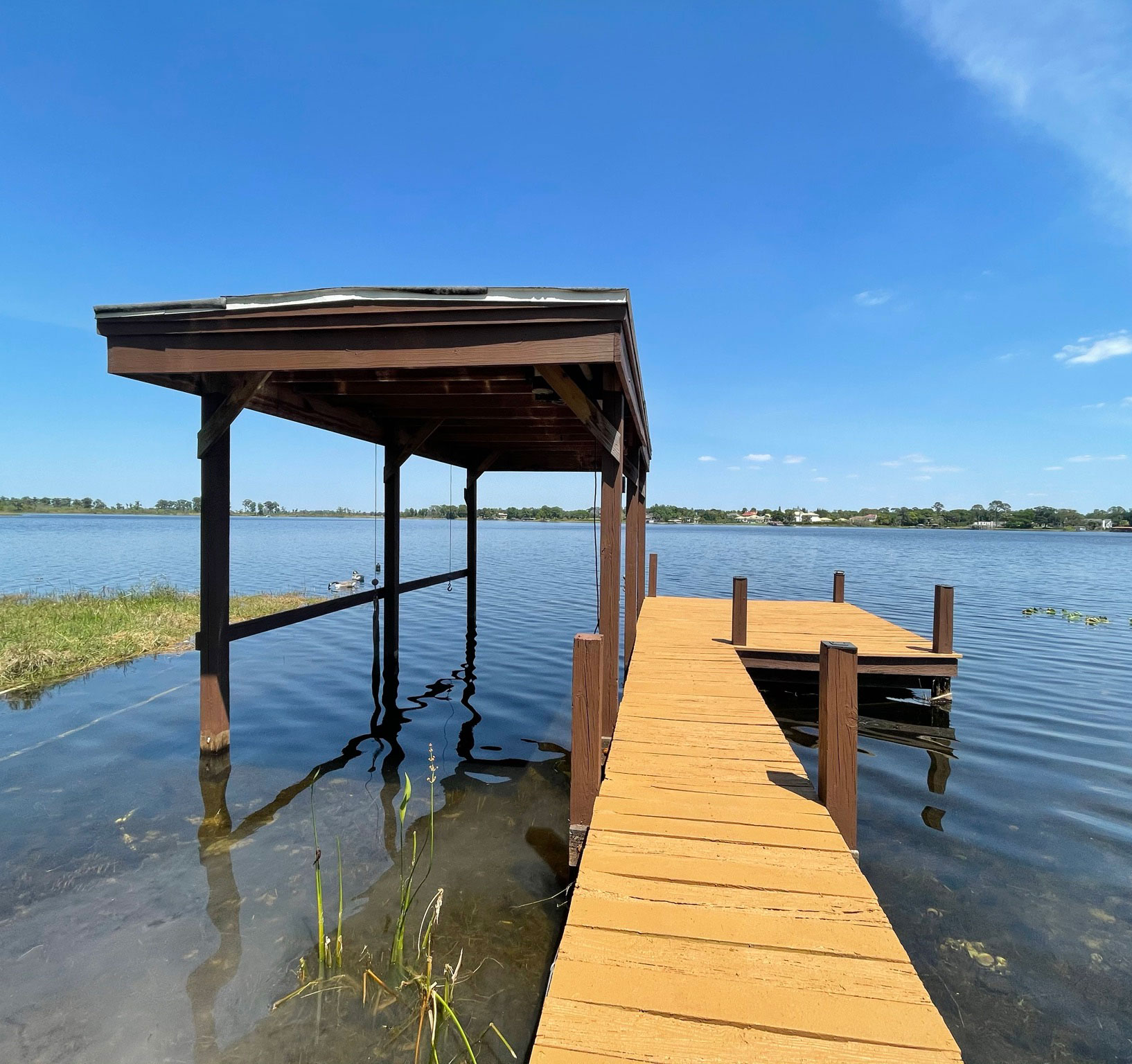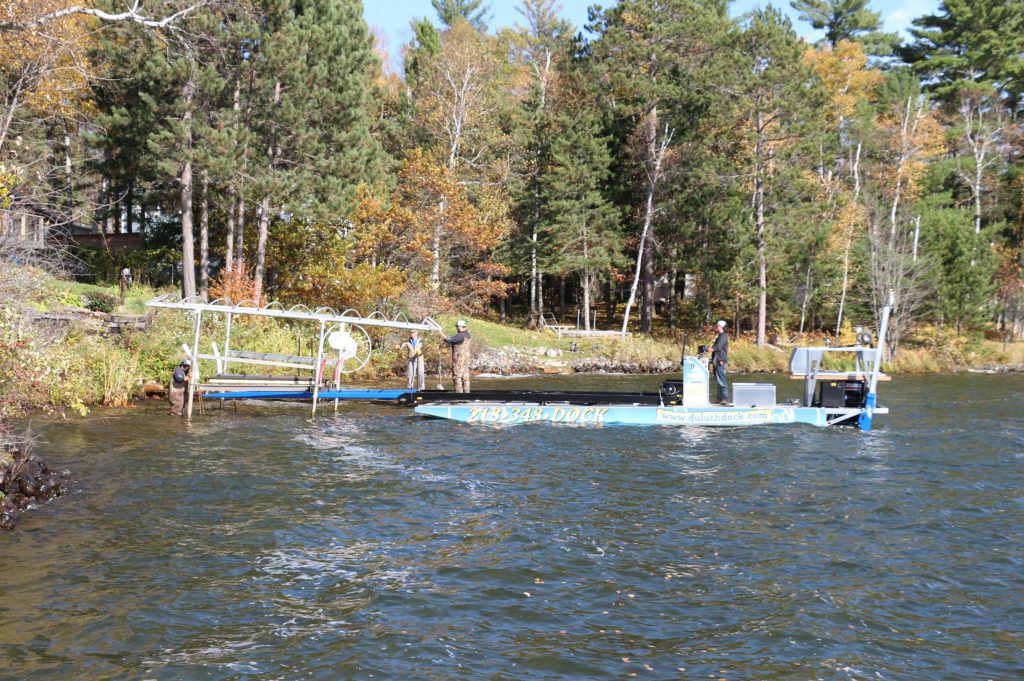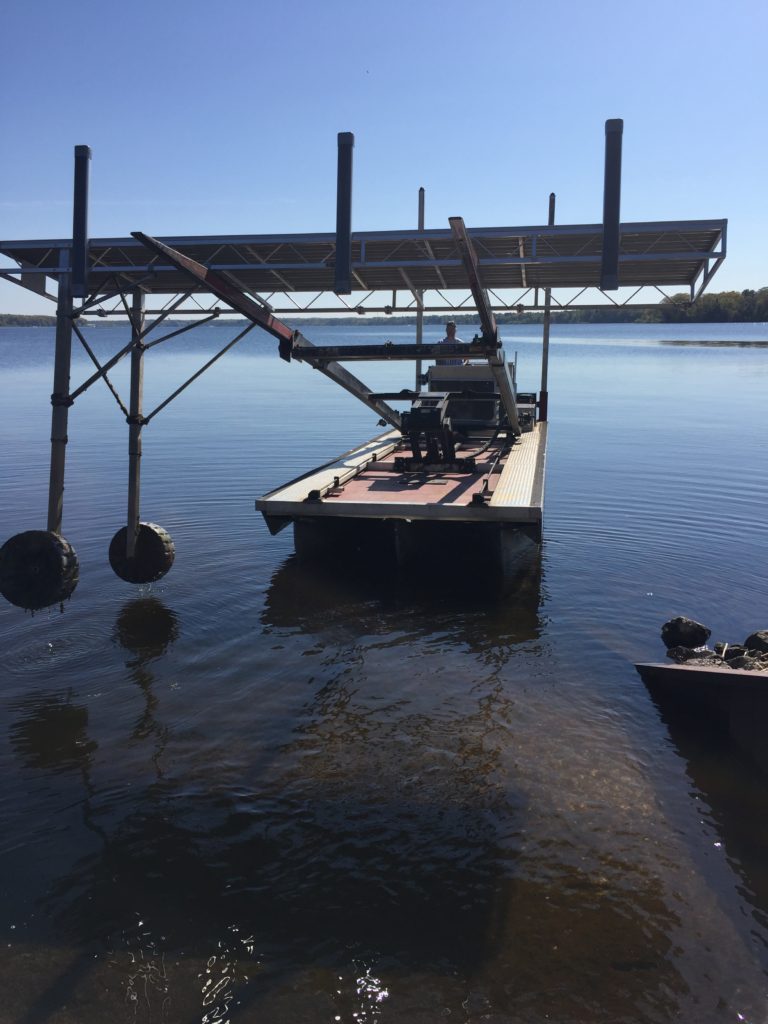How to Choose the Right Service for Your Dock Repairs
How to Choose the Right Service for Your Dock Repairs
Blog Article
Efficient Dock Repair Work Techniques: Ensuring Structural Stability
Making certain the architectural stability of docks via reliable repair strategies is critical for the durability and security of marine centers. This involves a multi-faceted method beginning with comprehensive inspections utilizing sophisticated modern technologies like sonar tools and remotely operated cars (ROVs) to discover both visible and hid problems. Ultimately, choosing the appropriate repair service products, such as composite materials and corrosion-resistant alloys, is important for durability. Structural support approaches, including the implementation of cross-bracing systems and load-distribution plates, play an essential role in mitigating stress factors. However, the relevance of these techniques comes to be noticeable when checking out advanced repair work methods and preventative upkeep approaches.
Evaluating Dock Damage
Analyzing dock damages is a critical initial step in making certain the structural stability and security of any docking facility. This preliminary examination involves a detailed inspection to identify both covert and visible damages. Trick elements to analyze include the dock's foundation, pilings, outdoor decking, and hardware. Each part has to be scrutinized for indicators of wear, rot, deterioration, or other types of deterioration that could compromise the architectural stability.
Structural engineers or qualified inspectors typically execute these evaluations using specialized strategies and tools. For circumstances, underwater inspections might employ finder equipment or from another location ran automobiles (ROVs) to discover immersed damages. Above water, aesthetic assessments are complemented by making use of wetness meters and other diagnostic tools to uncover underlying problems not right away noticeable to the naked eye.

Finding Fixing Products
Choosing the proper fixing products is a critical step in the dock restoration process, one that directly affects the longevity and performance of the repaired structure. Material option must be driven by aspects such as environmental problems, load-bearing requirements, and compatibility with existing dock elements. Timber is a conventional option for anchors due to its all-natural resilience and visual allure. Choosing the right kind of wood, such as pressure-treated lumber or normally rot-resistant species like cedar or teak wood, is critical to endure water atmospheres.
Along with timber, composite materials are progressively preferred because of their sturdiness and reduced upkeep needs. Compounds, usually made from a blend of plastic and wood fibers, use excellent resistance to rot, pests, and UV damage. For metal anchors, picking corrosion-resistant alloys such as galvanized steel or marine-grade aluminum is vital to protect against corrosion and ensure architectural honesty in saline water problems.
Epoxy resins and marine-grade sealants are vital for repairing cracks and sealing joints, providing a water resistant barrier and improving the dock's overall stamina. By meticulously choosing high-grade materials, dock repair work can attain resilient outcomes, therefore see this website protecting against future degradation and making sure safe, dependable usage.
Structural Support Strategies
Effective architectural reinforcement techniques are vital in making certain the security and longevity of dock repair services. This approach is particularly effective for docks exposed to hefty tons or harsh ecological problems.
One more crucial technique is the application of fiber-reinforced polymers (FRP) These products use high strength-to-weight proportions and exceptional resistance to corrosion, making them perfect for strengthening concrete or wood anchors. FRP can be applied in sheets or strips and bonded with epoxy resins to improve structural integrity.
Bracing and anchoring systems additionally play a critical function in structural reinforcement. Cross-bracing, using steel or wood beams, can counteract side pressures, lowering guiding and motion. Anchoring systems, such as helical piers or driven piles, give a secure foundation by transferring lots to deeper, a lot more secure dirt layers.
Lastly, the assimilation of load-distribution plates can help distribute weight extra uniformly across the dock's surface, alleviating local anxiety points. These techniques collectively make certain that docks remain secure and durable, qualified of enduring the roughness of their functional environment.
Advanced Repair Work Techniques

Another innovative technique involves underwater welding, which permits for repair services to be performed without the requirement to dewater the area. This method is especially helpful for addressing architectural issues in submerged dock components, making sure very little disturbance to procedures. Improved welding techniques, combined with robot systems, provide accuracy and dependability, consequently extending the life expectancy of the dock.
Furthermore, cathodic security systems are executed to avoid deterioration in metal dock structures. By utilizing sacrificial anodes or pleased present systems, these strategies successfully mitigate the electrochemical procedures that bring about product damage.
Lastly, progressed surveillance modern technologies, such as architectural health monitoring (SHM) systems, provide real-time information on the problem of dock structures. These systems enable aggressive maintenance and prompt interventions, ultimately making sure the long-lasting architectural stability of the dock.
Maintenance and Prevention
Maintenance and prevention are basic concepts that underpin the longevity and security of dock frameworks. Normal examinations are vital, enabling early discovery of wear and tear, prospective weaknesses, and environmental influences. A proactive method, entailing regular look for deterioration, rot, and structural changes, reduces expensive fixings and extends the dock's operational life.
Preventive procedures need to include using safety layers to steel parts to protect against rust and making use of cured timber to withstand decay. Furthermore, making certain proper water drainage and ventilation can prevent water accumulation, which is a common source of architectural destruction. Incorporating quality products and adhering to producer standards during construction and fixing stages pop over here likewise play important duties in improving durability.

Training personnel in dock upkeep best techniques guarantees regular application of preventive steps. Leveraging technical breakthroughs, such as drones for assessments and sensing units for real-time surveillance, can even more boost upkeep efforts. By focusing on maintenance and prevention, dock proprietors can make sure architectural integrity, functional security, and cost-effective administration over the dock's life expectancy.
Conclusion
In conclusion, maintaining the architectural integrity of aquatic facilities requires thorough dock the original source repair methods. Advanced repair methods, combined with routine upkeep practices, make sure the dock stays secure and operational under diverse environmental problems.
Ensuring the structural integrity of anchors through efficient repair service methods is paramount for the durability and safety of aquatic centers.Choosing the proper repair service products is a pivotal step in the dock repair process, one that directly influences the durability and efficiency of the fixed framework.Effective architectural reinforcement methods are critical in making certain the stability and long life of dock fixings. By focusing on upkeep and prevention, dock owners can guarantee structural integrity, functional security, and economical management over the dock's life-span.
In verdict, maintaining the structural honesty of aquatic facilities necessitates thorough dock fixing techniques.
Report this page